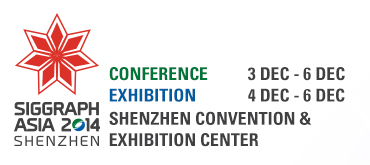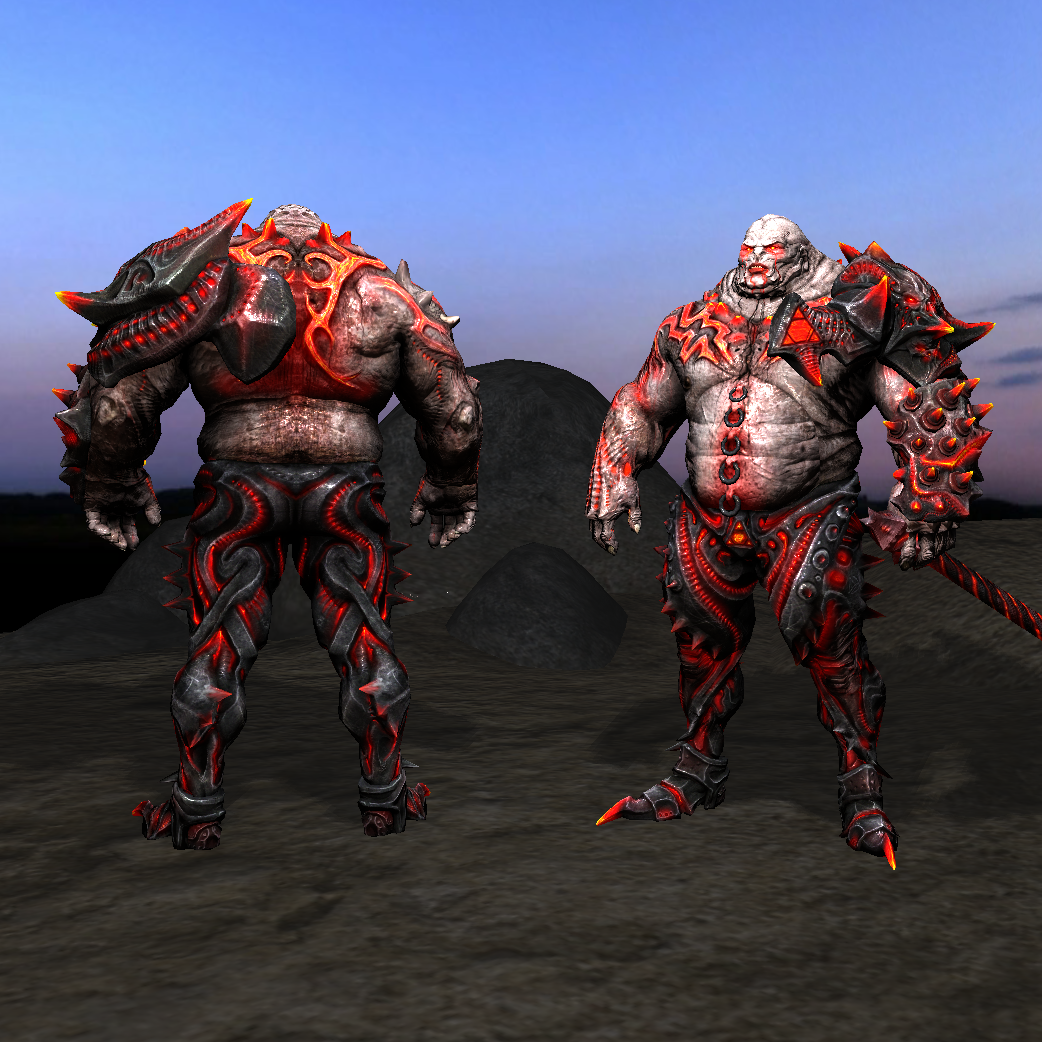
Automatic Shader Simplification Using Surface Signal Approximation
We present a new automatic shader simplification method using surface signal approximation. The fragment shader simplification is formulated as a global simplification problem across multiple shader stages. Three simplification rules are proposed and validated on several different shaders. Results show our approach well the performance, accuracy and memory balance.
Rui Wang, Zhejiang University
Xianjing Yang, Zhejiang University
Yazhen Yuan, Zhejiang University
Wei Chen, Zhejiang University
Kavita Bala, Cornell University
Hujun Bao, Zhejiang University
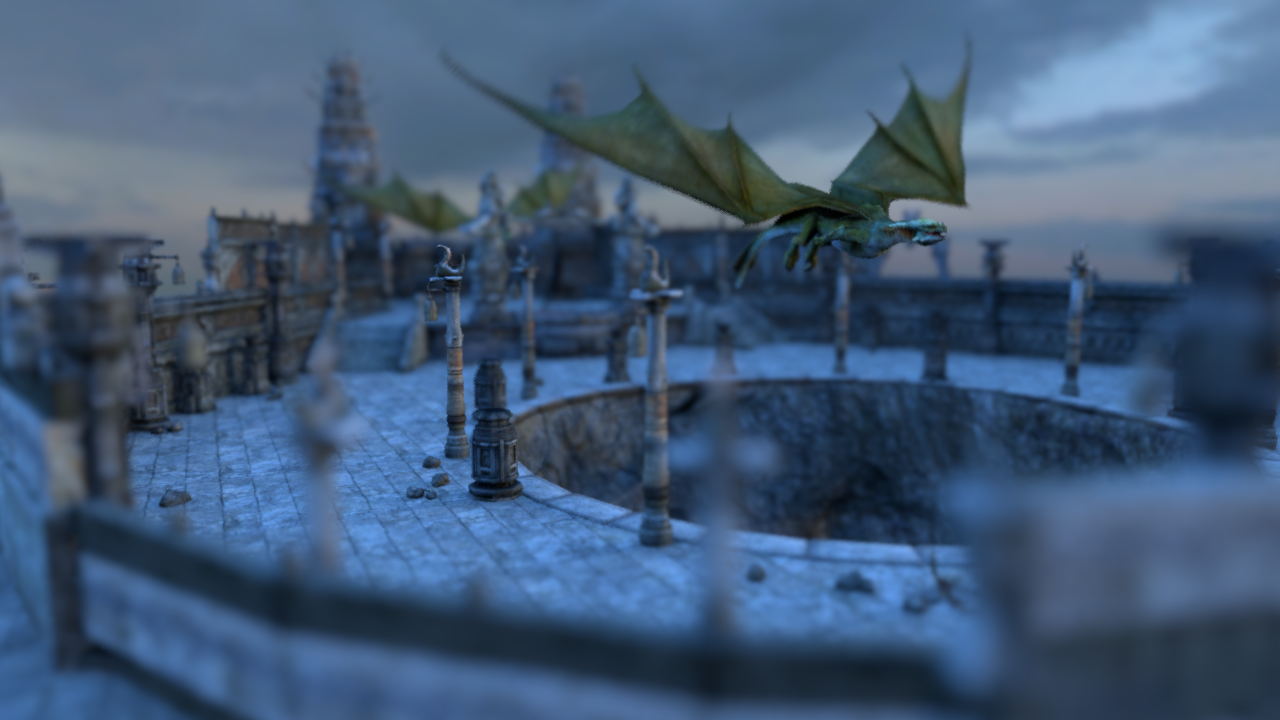
Deep Shading Buffers on Commodity GPUs
An efficient algorithm for decoupled sampling of visibility and shading is presented, which runs at interactive rates on current and near-future GPUs. The method maintains a low pixel shading cost, even at very large blurs. This is a key step towards a real-time pipeline for stochastic rendering.
Petrik Clarberg, Intel Corporation
Jacob Munkberg, Intel Corporation
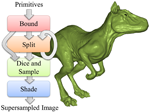
Whippletree: Task-based Scheduling of Dynamic Workloads on the GPU
Our new programming and processing model for the GPU allows the definition and scheduling of tasks with strongly varying characteristics. Using our scheduling framework, graphics pipelines and parallel programs can achieve vast speedups over traditional execution models.
Markus Steinberger, Graz University of Technology
Michael Kenzel, Graz University of Technology
Pedro Boechat, Graz University of Technology
Bernhard Kerbl, Graz University of Technology
Mark Dokter, Graz University of Technology
Dieter Schmalstieg, Graz University of Technology
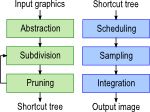
Massively-Parallel Vector Graphics
We present a feature-rich real-time vector graphics rendering pipeline for GPUs that is massively parallel at every stage. Our renderer employs wide anti-aliasing filters (e.g. 4x4) and high sampling rates (> 4x4x32). We show renderings of complex vector graphics in state-of-the-art quality and performance.
Francisco Ganacim, IMPA - Instituo Nacional de Matemática Pura e Aplicada
Rodolfo S. Lima, IMPA - Instituo Nacional de Matemática Pura e Aplicada
Luiz Henrique de Figueiredo, IMPA - Instituo Nacional de Matemática Pura e Aplicada
Diego Nehab, IMPA - Instituo Nacional de Matemática Pura e Aplicada

Hierarchical Diffusion Curves for Accurate Automatic Image Vectorization
Our approach automatically and efficiently vectorizes a broad class of rasterized input images, resulting in a hierarchical diffusion curve representation. We trace curves along the local maxima in the image Laplacian and bilaplacian domains. Our results use a sparse set of curves and are easy to edit after-the-fact.
Guofu Xie, University of Montreal
Xin Sun, Microsoft Research Asia
Xin Tong, Microsoft Research Asia
Derek Nowrouzezahrai, University of Montreal
 English
English 